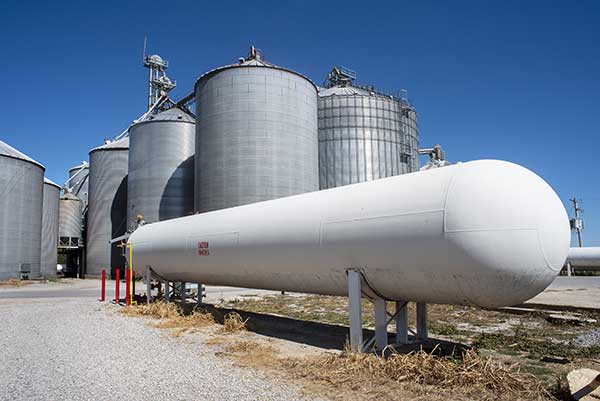
About the CalARP Program
The CalARP program replaced the previous existing California Risk Management and Prevention Program (RMPP) after federal EPA instituted the Accidental Release Prevention Program within the Clean Air Act 112(r).
Purpose
To reduce risks of regulated substances involving regulated substances through the evaluation of hazards and consequences and the development of Risk Management Plans (RMPs) and Prevention Programs.
Who is subject?
Facilities with more than the threshold quantity of a regulated substance as specified in Tables 1-3, CCR, Title 19 Section 5130.6).
CalARP Requirement
Facilities subject to this program (referred to as “stationary sources”) which handle specified chemicals (termed “regulated substances”) to take specified actions to proactively prevent and prepare for chemical accidents, including developing a Risk Management Plan (RMP).
FAQs
Risk Management Plan Content
- Safety information
- A hazard review
- Operating procedures
- Training requirements
- Maintenance requirements
- Compliance audits
- Incident investigation procedures



